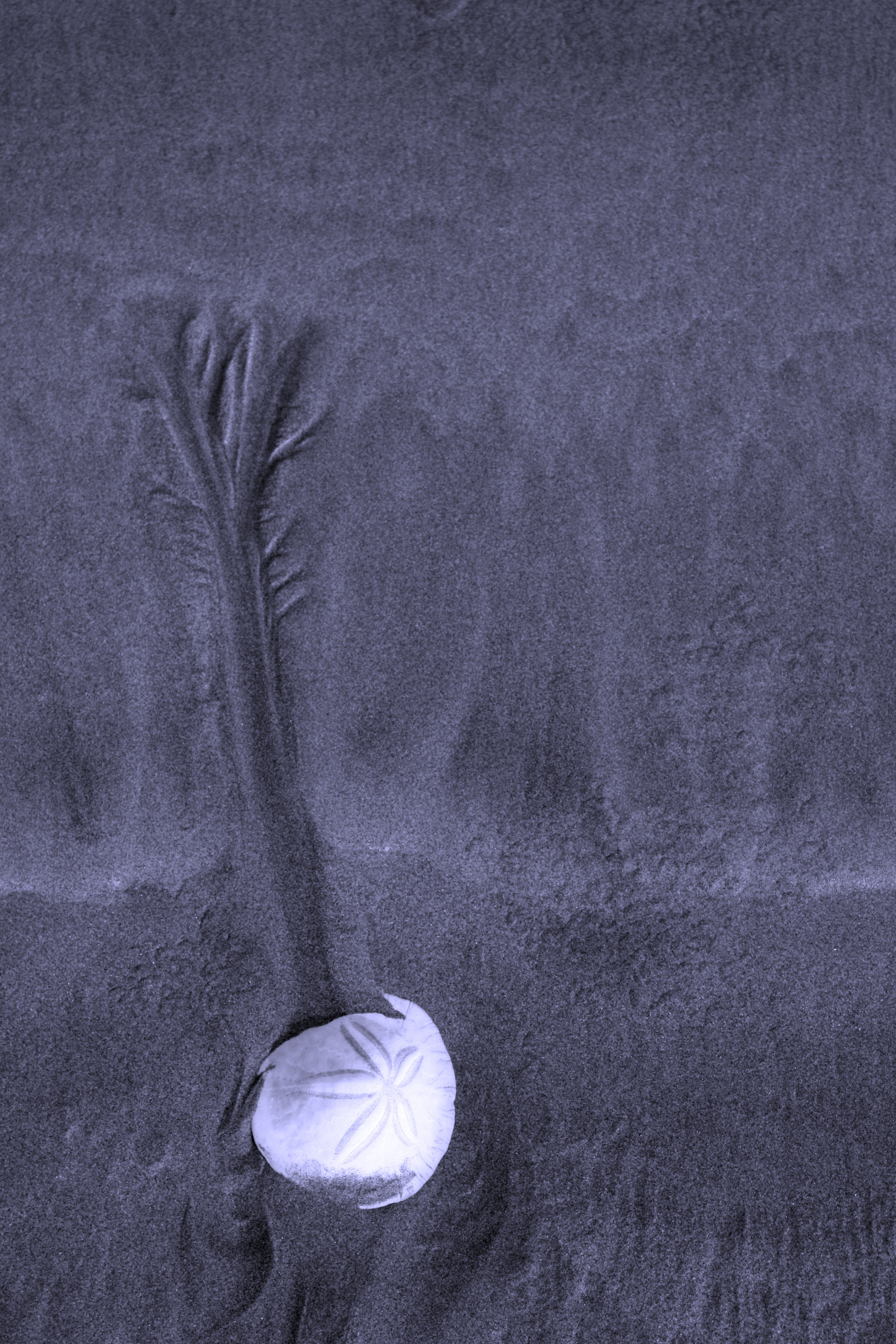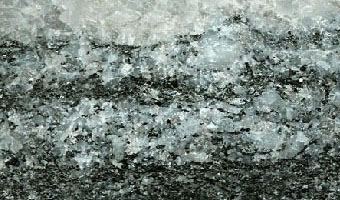|
Lone Cone
Lone Cone is a mountain located north of Tofino and northwest of Mount Colnett on the western peninsula of Meares Island in Clayoquot Land District, British Columbia, Canada. The mountain has always been a noticeable landmark to all inhabitants with its looming presence on the north end of Meares Island. The early pioneers believed that if there were clouds blocking the summit then there would be approaching good weather. Lone Cone is composed of of the Catface Intrusions. These are masses of |
Meares Island
Meares Island is one of the many islands surrounding the Village of Tofino, British Columbia, Canada. Its name was given in 1862 by George Henry Richards, captain of , in honor of John Meares. The island is located in the Clayoquot Sound region and is the location of Opitsat, the main village of the Tla-o-qui-aht First Nations, and was the location of Fort Defiance, a short-lived American fur-trading post founded by Captain Robert Gray. Meares Island is reachable by boat or water taxi. Meares Island became historically significant shortly after 1984, when the Nuu-chah-nulth and environmentalist groups such as Greenpeace and Friends of Clayoquot Sound began protesting forestry giant MacMillan Bloedel's potential harvesting activities. The Nuu-chah-nulth, with significant cooperation from environmental groups, eventually erected a blockade, preventing MacMillan Bloedel from logging the island. Both sides pursued legal action, and the court ruled that since the Nuu-chah-nulth had ... [...More Info...] [...Related Items...] OR: [Wikipedia] [Google] [Baidu] |
British Columbia
British Columbia (commonly abbreviated as BC) is the westernmost province of Canada, situated between the Pacific Ocean and the Rocky Mountains. It has a diverse geography, with rugged landscapes that include rocky coastlines, sandy beaches, forests, lakes, mountains, inland deserts and grassy plains, and borders the province of Alberta to the east and the Yukon and Northwest Territories to the north. With an estimated population of 5.3million as of 2022, it is Canada's third-most populous province. The capital of British Columbia is Victoria and its largest city is Vancouver. Vancouver is the third-largest metropolitan area in Canada; the 2021 census recorded 2.6million people in Metro Vancouver. The first known human inhabitants of the area settled in British Columbia at least 10,000 years ago. Such groups include the Coast Salish, Tsilhqotʼin, and Haida peoples, among many others. One of the earliest British settlements in the area was Fort Victoria, established ... [...More Info...] [...Related Items...] OR: [Wikipedia] [Google] [Baidu] |
Canada
Canada is a country in North America. Its ten provinces and three territories extend from the Atlantic Ocean to the Pacific Ocean and northward into the Arctic Ocean, covering over , making it the world's second-largest country by total area. Its southern and western border with the United States, stretching , is the world's longest binational land border. Canada's capital is Ottawa, and its three largest metropolitan areas are Toronto, Montreal, and Vancouver. Indigenous peoples have continuously inhabited what is now Canada for thousands of years. Beginning in the 16th century, British and French expeditions explored and later settled along the Atlantic coast. As a consequence of various armed conflicts, France ceded nearly all of its colonies in North America in 1763. In 1867, with the union of three British North American colonies through Confederation, Canada was formed as a federal dominion of four provinces. This began an accretion of provinces an ... [...More Info...] [...Related Items...] OR: [Wikipedia] [Google] [Baidu] |
Clayoquot Land District
The Clayoquot Land District is one of the 59 land districts of British Columbia, Canada, which are part of the cadastral divisions of British Columbia, created with rest of those on Vancouver Island via the Lands Act of the Colony of Vancouver Island. The British Columbia government's BC Names system, a subdivision of GeoBC, defines a land district as "a territorial division with legally defined boundaries for administrative purposes". All land titles and surveys use the Land District system as the primary point of reference, and entries in BC Names for placenames and geographical objects are so listed. The Clayoquot Land District is located between the Barclay and Nootka Land Districts on the west of Vancouver Island Vancouver Island is an island in the northeastern Pacific Ocean and part of the Canadian province of British Columbia. The island is in length, in width at its widest point, and in total area, while are of land. The island is the largest by .... References ... [...More Info...] [...Related Items...] OR: [Wikipedia] [Google] [Baidu] |
National Topographic System
The National Topographic System or NTS is the system used by Natural Resources Canada for providing general purpose topographic maps of the country. NTS maps are available in a variety of scales, the standard being 1:50,000 and 1:250,000 scales. The maps provide details on landforms and terrain, lakes and rivers, forested areas, administrative zones, populated areas, roads and railways, as well as other man-made features. These maps are currently used by all levels of government and industry for forest fire and flood control (as well as other environmental issues), depiction of crop areas, right-of-way, real estate planning, development of natural resources and highway planning. To add context, land area outside Canada is depicted on the 1:250,000 maps, but not on the 1:50,000 maps. History Topographic mapping in Canada was originally undertaken by many different agencies, with the Canadian Army’s Intelligence Branch forming a survey division to create a more standardized mappi ... [...More Info...] [...Related Items...] OR: [Wikipedia] [Google] [Baidu] |
Mountain
A mountain is an elevated portion of the Earth's crust, generally with steep sides that show significant exposed bedrock. Although definitions vary, a mountain may differ from a plateau in having a limited Summit (topography), summit area, and is usually higher than a hill, typically rising at least 300 metres (1,000 feet) above the surrounding land. A few mountains are Monadnock, isolated summits, but most occur in mountain ranges. Mountain formation, Mountains are formed through Tectonic plate, tectonic forces, erosion, or volcanism, which act on time scales of up to tens of millions of years. Once mountain building ceases, mountains are slowly leveled through the action of weathering, through Slump (geology), slumping and other forms of mass wasting, as well as through erosion by rivers and glaciers. High elevations on mountains produce Alpine climate, colder climates than at sea level at similar latitude. These colder climates strongly affect the Montane ecosystems, ecosys ... [...More Info...] [...Related Items...] OR: [Wikipedia] [Google] [Baidu] |
Tofino, British Columbia
Tofino ( ) is a town of approximately 2,516 residents on the west coast of Vancouver Island in the Canadian province of British Columbia. The District of Tofino is located at the western terminus of Highway 4 on the tip of the Esowista Peninsula at the southern edge of Clayoquot Sound. It is situated in the traditional territory of the Tla-o-qui-aht First Nations. A popular year-round tourism destination, Tofino's summer population swells to many times its winter size. It attracts surfers, hikers, nature lovers, bird watchers, campers, whale watchers, fishers, or anyone just looking to be close to nature. Despite its small population, the town attracts a number of chefs and culinary professionals, which has resulted in a burgeoning choice of restaurants and specialty shops. In the winter, it is not as bustling, although many people visit Tofino and the West Coast to watch storms on the water. Close to Tofino is Long Beach, a scenic and popular year-round destination, in Paci ... [...More Info...] [...Related Items...] OR: [Wikipedia] [Google] [Baidu] |
Mount Colnett
Meares Island is one of the many islands surrounding the Village of Tofino, British Columbia, Canada. Its name was given in 1862 by George Henry Richards, captain of , in honor of John Meares. The island is located in the Clayoquot Sound region and is the location of Opitsat, the main village of the Tla-o-qui-aht First Nations, and was the location of Fort Defiance, a short-lived American fur-trading post founded by Captain Robert Gray. Meares Island is reachable by boat or water taxi. Meares Island became historically significant shortly after 1984, when the Nuu-chah-nulth and environmentalist groups such as Greenpeace and Friends of Clayoquot Sound began protesting forestry giant MacMillan Bloedel's potential harvesting activities. The Nuu-chah-nulth, with significant cooperation from environmental groups, eventually erected a blockade, preventing MacMillan Bloedel from logging the island. Both sides pursued legal action, and the court ruled that since the Nuu-chah-nulth had c ... [...More Info...] [...Related Items...] OR: [Wikipedia] [Google] [Baidu] |
Igneous Rock
Igneous rock (derived from the Latin word ''ignis'' meaning fire), or magmatic rock, is one of the three main The three types of rocks, rock types, the others being Sedimentary rock, sedimentary and metamorphic rock, metamorphic. Igneous rock is formed through the cooling and solidification of magma or lava. The magma can be derived from Partial melting, partial melts of existing rocks in either a Terrestrial planet, planet's mantle (geology), mantle or crust (geology), crust. Typically, the melting is caused by one or more of three processes: an increase in temperature, a decrease in pressure, or a change in composition. Solidification into rock occurs either below the surface as intrusive rocks or on the surface as extrusive (geology), extrusive rocks. Igneous rock may form with crystallization to form granular, crystalline rocks, or without crystallization to form Volcanic glass, natural glasses. Igneous rocks occur in a wide range of geological settings: shields, platforms ... [...More Info...] [...Related Items...] OR: [Wikipedia] [Google] [Baidu] |
Quartz Diorite
Quartz diorite is an igneous, plutonic ( intrusive) rock, of felsic composition, with phaneritic texture. Feldspar is present as plagioclase (typically oligoclase or andesine) with 10% or less potassium feldspar. Quartz is present at between 5 and 20% of the rock. Biotite, amphiboles and pyroxene The pyroxenes (commonly abbreviated to ''Px'') are a group of important rock-forming inosilicate minerals found in many igneous and metamorphic rocks. Pyroxenes have the general formula , where X represents calcium (Ca), sodium (Na), iron (Fe II) ...s are common dark accessory minerals. References Definition with images Plutonic rocks {{petrology-stub ja:閃緑岩#石英閃緑岩 ... [...More Info...] [...Related Items...] OR: [Wikipedia] [Google] [Baidu] |
Mountains Of British Columbia Under 1000 Metres
A mountain is an elevated portion of the Earth's crust, generally with steep sides that show significant exposed bedrock. Although definitions vary, a mountain may differ from a plateau in having a limited summit area, and is usually higher than a hill, typically rising at least 300 metres (1,000 feet) above the surrounding land. A few mountains are isolated summits, but most occur in mountain ranges. Mountains are formed through tectonic forces, erosion, or volcanism, which act on time scales of up to tens of millions of years. Once mountain building ceases, mountains are slowly leveled through the action of weathering, through slumping and other forms of mass wasting, as well as through erosion by rivers and glaciers. High elevations on mountains produce colder climates than at sea level at similar latitude. These colder climates strongly affect the ecosystems of mountains: different elevations have different plants and animals. Because of the less hospitable terrain and ... [...More Info...] [...Related Items...] OR: [Wikipedia] [Google] [Baidu] |





